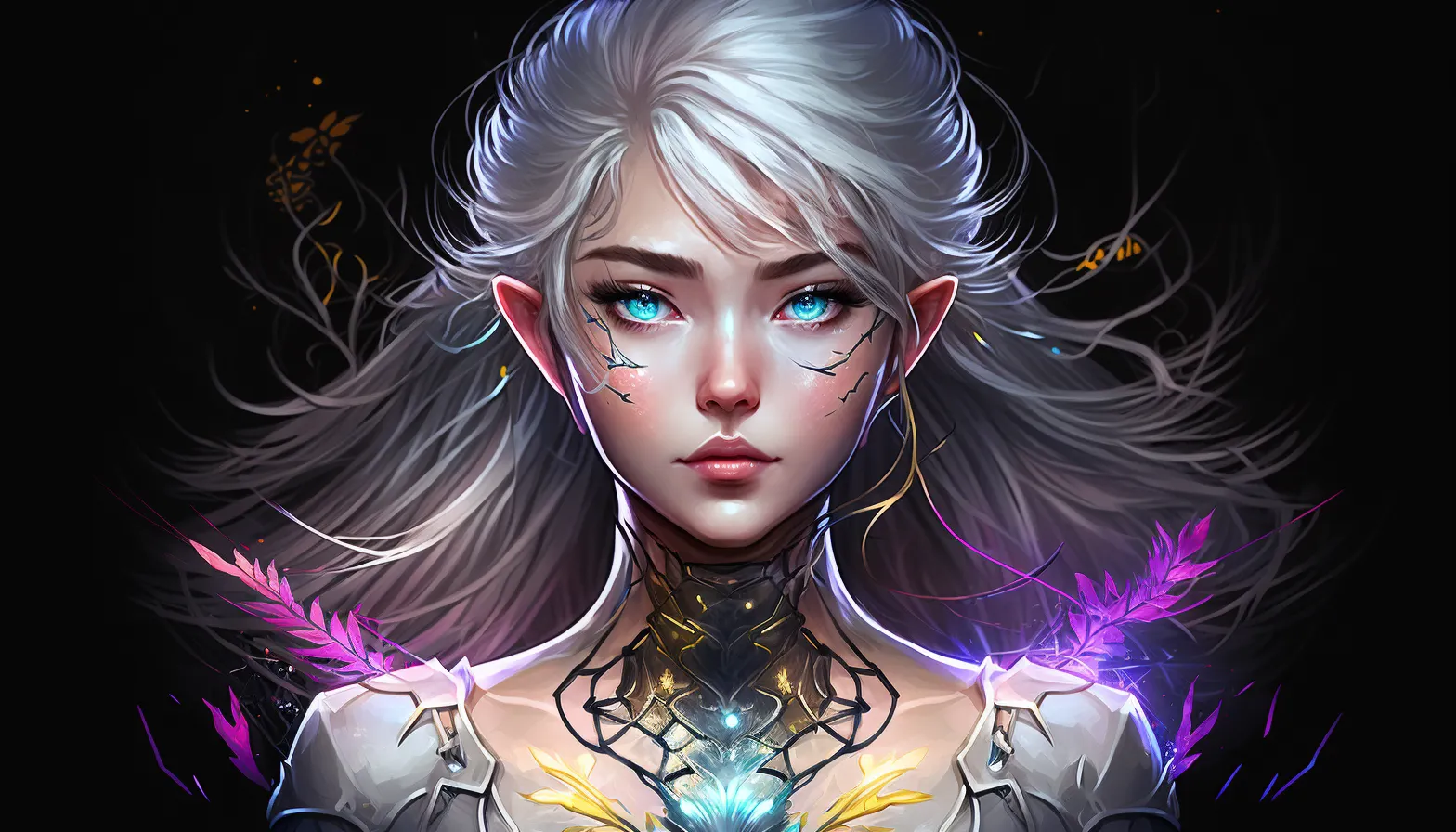Introduction
In the world of game development, the journey from a nascent idea to a fully realized world is a marathon of creativity and technical execution. The pre-production phase, where characters and environments are first visualized, is arguably one of the most critical—and often most challenging—stages. For concept artists, game designers, and indie developers, translating the rich descriptions in a Game Design Document (GDD) into compelling visuals is where the magic begins.
Traditionally, this process involves countless hours of sketching, painting, and iterating. But a new, powerful assistant has entered the studio: the AI image generator. This technology is fundamentally changing the concept design pipeline, offering a way to rapidly visualize, explore, and refine ideas with unprecedented speed.

Why AI is a Game-Changer for Concept Art
Integrating AI into the concept design workflow isn't about replacing artists; it's about augmenting their creativity. Think of it as a super-powered brainstorming partner. Here's how it's making a professional impact:
- Rapid Ideation and Variation: Need to see what a character looks like with 10 different helmet designs? Or how a forest scene appears in a dozen different lighting conditions? AI can generate these variations in minutes, allowing for broader exploration before committing to a final direction.
- Breaking Creative Blocks: Every artist hits a wall. When inspiration runs dry, a well-crafted text prompt can produce unexpected visual combinations, sparking new ideas and pushing the design in a novel direction.
- Visualizing Complex GDDs: A GDD might describe a location as "an ancient, moss-covered city built into a giant crystal, with waterfalls of starlight." While evocative, this is a complex image to start from scratch. AI can provide an instant visual baseline, giving the entire team a shared reference point.
- Accelerating Style Exploration: AI tools allow you to specify art styles—from "cel-shaded anime" to "gritty photorealism" or "painterly fantasy." This helps in quickly establishing the visual identity and aesthetic of the game early in development.
In Practice: AI-Assisted Character Concept Design
Let's imagine you're designing a key character for a dark fantasy RPG: "The Soul-Forged Sentinel."
Goal: Create an intimidating, ancient knight whose armor is fused with ethereal, ghostly energy.
The Challenge: The design needs to feel unique and communicate a rich backstory without a single word of dialogue. Starting with a blank canvas can be time-consuming.
The AI Prompt: "Concept art of a formidable fantasy knight in a dynamic pose. The knight wears ornate, dark steel plate armor that is cracked and ancient. Wisps of glowing blue, ethereal soul energy leak from the cracks in the armor and flow around him. He holds a massive, weathered greatsword. Cinematic lighting, highly detailed, style of a dark fantasy painting."
The Result: The AI doesn't just produce one image; it provides a dozen different interpretations. One might have a more aggressive pose, another might focus on the intricate armor details, and a third might experiment with how the soul energy interacts with the environment. The artist now has a wealth of high-quality visual data to choose from, combine, and refine into a final, polished character sheet. This process cuts down the initial ideation phase from days to mere hours.
In Practice: AI-Assisted Scene Concept Design
Now, let's visualize a crucial environment: the "Aetherium Mines" for a sci-fi exploration game.
Goal: Design a cavernous, alien mining facility where a rare, energy-rich crystal is harvested. The scene should feel both industrial and mysteriously beautiful.
The Challenge: Balancing the cold, hard surfaces of sci-fi technology with the organic, glowing nature of the crystals to create a memorable atmosphere.
The AI Prompt: "Environment concept art for a video game. A vast, dark underground cavern with massive, glowing purple crystal formations growing out of the walls and ceiling. Sleek, sci-fi mining platforms and walkways are built around the crystals. Beams of light from futuristic equipment cut through the dusty air. A sense of scale and wonder. Photorealistic, cinematic, Unreal Engine style."
The Result: The AI generates breathtaking panoramic shots of the Aetherium Mines. These images establish the color palette, lighting scheme, and architectural style for the level. Level designers and 3D environment artists can immediately use these concepts as a clear and inspiring blueprint for building the in-game world, ensuring visual consistency across the team.
From 2D Illustration to Tangible Figure
A stunning 2D concept is the first major milestone. The next is translating that vision into a 3D model or a detailed figure for further development. This transition requires a keen understanding of form and structure. Specialized AI tools are now emerging that can assist in this next step, helping to interpret 2D illustrations and propose 3D forms.
Ready to see how AI can help bridge this gap? Explore the potential of transforming a flat illustration into a fully-realized character concept with the Illustration to Figure generator.
Conclusion
AI image generation is rapidly becoming an indispensable tool in the game developer's arsenal. It's a powerful accelerator for the pre-production pipeline, empowering artists and designers to be more creative, iterative, and efficient. By handling the heavy lifting of initial visualization, AI frees up invaluable time for artists to focus on what they do best: adding the polish, storytelling, and human touch that turn a great concept into an unforgettable in-game experience.
Ready to start your game dev journey?
- AI Image Generator - Create stunning game concept art instantly
- Illustration to Figure - Transform 2D concepts into 3D mockups
All tools are 100% free, no login required, unlimited generations. Level up your game art today!
